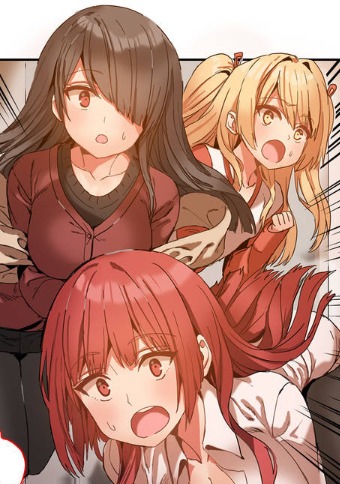Welcome to my blog. Today I’ll be sharing the minmotion syndrome chapter 3 of my blog series on minimotion syndrome. For those of you who don’t know minimotion syndrome is a condition that affects people who have had a lot of experience with digital media. This chapter is going to be about how to cope with minimotion syndrome. I’ll be sharing some tips and tricks that have helped me and I hope they’ll be helpful for you too. Thanks for reading and I hope you enjoy this chapter.
Outline for minmotion syndrome chapter 3
-
minmotion syndrome chapter 3
-
What is Minimotion Syndrome?
-
The Different Types of Minimotion Syndrome
-
Pros and Cons of Minimotion Syndrome
-
What Causes Minimotion Syndrome?
-
How is Minimotion Syndrome Diagnosed?
-
Treatment Options for Minimotion Syndrome
-
Conclusion
What is Minimotion Syndrome?
Minimotion syndrome is a condition that causes reduced movement in the muscles and joints. It can affect any muscle group but is most common in the arms and legs. Symptoms include weakness stiffness and pain. The condition can be mild or severe and can worsen over time. Treatment focuses on relieving symptoms and improving quality of life.
The Different Types of Minimotion Syndrome
There are four different types of minimotion syndrome. The first type is called primary minimotion syndrome and it is the most common type. It is characterized by a loss of muscle control in the arms and legs. The second type is called secondary minimotion syndrome and it is less common. It is characterized by a loss of muscle control in the trunk and neck.
Pros and Cons of Minimotion Syndrome
There are both pros and cons to having minimotion syndrome. On the pro side, people with minimotion syndrome tend to be very efficient in their movements often able to complete tasks with fewer motions than people without the condition. This can be an advantage in many situations such as when trying to save time or conserve energy. Additionally, people with minimotion syndrome often have excellent balance and coordination which can be beneficial in many activities.
On the con side, minimotion syndrome can sometimes make it difficult for people to perform more complex tasks that require a greater range of motion. Additionally, because people with minimotion syndrome often have trouble understanding and processing complex information they may find it more difficult to learn new skills or concepts.
What Causes Minimotion Syndrome?
These movements are often very subtle and difficult to detect. They can affect any part of the body but are most commonly found in the face hands and feet.
The exact cause of MMS is unknown. This damage can be due to a variety of factors including genetic mutations exposure to toxins, or trauma to the head or spine.
MMS is a rare condition that is not well understood. There is no cure for the disorder but there are treatments that can help lessen its symptoms. If you or someone you know has MMS it is important to seek out medical help from a qualified specialist.
How is Minimotion Syndrome Diagnosed?
The first is through a medical history and physical examination. Your doctor will ask about your symptoms and when they began. They will also ask about your family history and any other health conditions you have.
Genetic testing can help confirm a diagnosis of Minimotion Syndrome if there is a family history of the condition.
Brain imaging can also help rule out other conditions that may cause similar symptoms.
Treatment Options for Minimotion Syndrome
There are many different treatment options for minimotion syndrome. Some people may only need to take medication to control their symptoms while others may need to have surgery to correct the problem.
The type of treatment that a person needs will depend on the severity of their condition. For example, someone with a mild case of minimotion syndrome may only need to take medication to help control their symptoms. However, someone with a more severe case of minimotion syndrome may need to have surgery to correct the problem.
Some of these medications can help to control the symptoms of minimotion syndrome while others can help to prevent the condition from getting worse.
Some people with minimotion syndrome may also need to have physical therapy. Physical therapy can help to improve the range of motion and flexibility. It can also help to strengthen the muscles around the joints affected by minimotion syndrome.
Surgery is an option for some people with minimotion syndrome. Surgery can help to improve the function of the joints affected by minimotion syndrome. It can also help to relieve pain and improve the range of motion.
Conclusion
The symptoms can be debilitating and have a significant impact on one’s quality of life. Early diagnosis and treatment are essential in order to manage the condition effectively.



